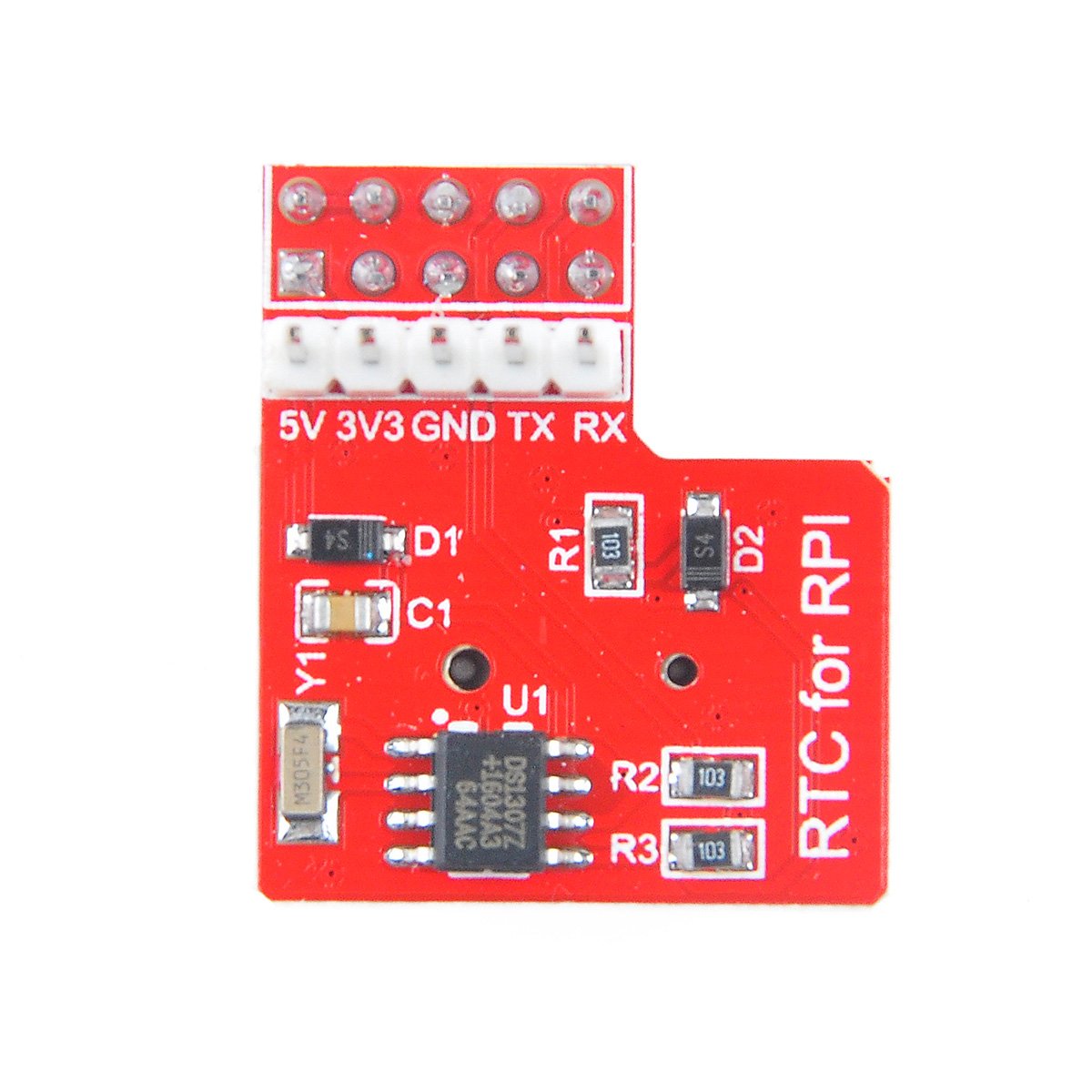

- #RASPBERRY PI AS TIMER HOW TO#
- #RASPBERRY PI AS TIMER INSTALL#
- #RASPBERRY PI AS TIMER FULL#
- #RASPBERRY PI AS TIMER CODE#
- #RASPBERRY PI AS TIMER FREE#
#RASPBERRY PI AS TIMER HOW TO#
The codes are provided with enough explications to understand how to work and execute them, so we will explain a bit the logic of the project. Use sudo python and sudo python3 to test the Python files while with any browser (Chromium is your RPi's native browser) you will check the PHP file.
#RASPBERRY PI AS TIMER FREE#
You are free here to use any text editor and python based applications, luckily these are provided by your Raspberry Pi already if your installation was correct. This project is provided with the py and PHP files you need to use to test if you correctly assembled all the components. Stage 3: Creating the programs and explaining the logic of the project If you followed the links from above, you should now have both Apache and PHP running perfectly on your RPi. This way you will be assured that your PHP will run perfectly.
#RASPBERRY PI AS TIMER CODE#
And you will also need this link because a normal PHP installation will provide only a few of the dependencies you need, which may lead to your PHP code being ignored.
#RASPBERRY PI AS TIMER INSTALL#
To install PHP 7 you can follow the first link from the Apache installation from above. To install Apache you can follow this link and to overcome the possible upcoming error regard establishing the domain, follow this link. If there would be more problems appearing, you can consider searching further or use something else on the server-side.
#RASPBERRY PI AS TIMER FULL#
Stage 2: Administrating Apache and PHP on your RPiįor the full installation of Apache and PHP (version 7 used in this project), I will provide pages and details on how to install them perfectly. If you followed these instructions and documented how to do them, you have a successfully installed Raspberry Pi OS and you can connect to it to experience its full desktop capacities. VNC Viewer for a full desktop experience(recommended) PuTTY if we want only terminal connection style Once we got our RPi's IP, we can use 2 applications to connect to it: TIP: To find your RPi's IP in your network, we can install the application "Fing" on our mobile devices (since your phone is connected to your router via WiFi) and this will help us display all the IP's we have in our network, including your RPi if it's plugged in. If you did correctly, when you will insert the SD card back into the RPi card support, once we power it, it should automatically connect to your WIFI, to have a desktop GUI and suggested applications and should be good to go. On this page, you can optionally select the "overscan" suggestion, but everything else we select to be installed and configured according to our resources. For this project, we follow the to install Raspbian, which is easy.īy following the instructions from the software's main page and installing Raspberry Pi Imager on our units, we insert the SD card via USB adaptor or adaptive card, we follow the instructions, we make sure we choose "full installation" and using CTRL+ SHIFT+X, we access the configuration page of the Imager. To begin with, we will make sure that after we purchased all the ingredients, to prepare the SD card to be installed with a special OS for our Raspberry: NOOBS or Raspbian. Stage 1: Installing Raspbian on your Raspberry Pi and connecting to it. So, together with my colleague, after long discussions, we create the design and logic for a timer (clock) which registry the periods of activity and inactivity of a PIR sensor, powered up by a Raspberry Pi 4 and creating patterns of LEDs control to further test the logic behind the PIR's detection traits.įor today, we shall share and teach the reader of this project how to feel the first experience of using a PIR sensor and advanced logic of working with Python (MicroPython in this case), to give a chance to feel the first drops of how to be a player in this amazing creative world of the Internet of Things and Web of Things. Which gave us a more intriguing view regard the logic of the technology, even if it was a simple task.īased on these, we have been tasked to create a project, using our knowledge to give life to a "hackster style" type of working device.

Together with my colleagues, we have been introduced to this wonderful corner of the hardware world by our teacher at a subject called "Microprocessors Systems" where we discussed and took the first contact with a variety of development boards, including the Raspberry Pi series.īased on that, we had a little test based on activating LEDs with our Raspberry Pi systems.


 0 kommentar(er)
0 kommentar(er)
